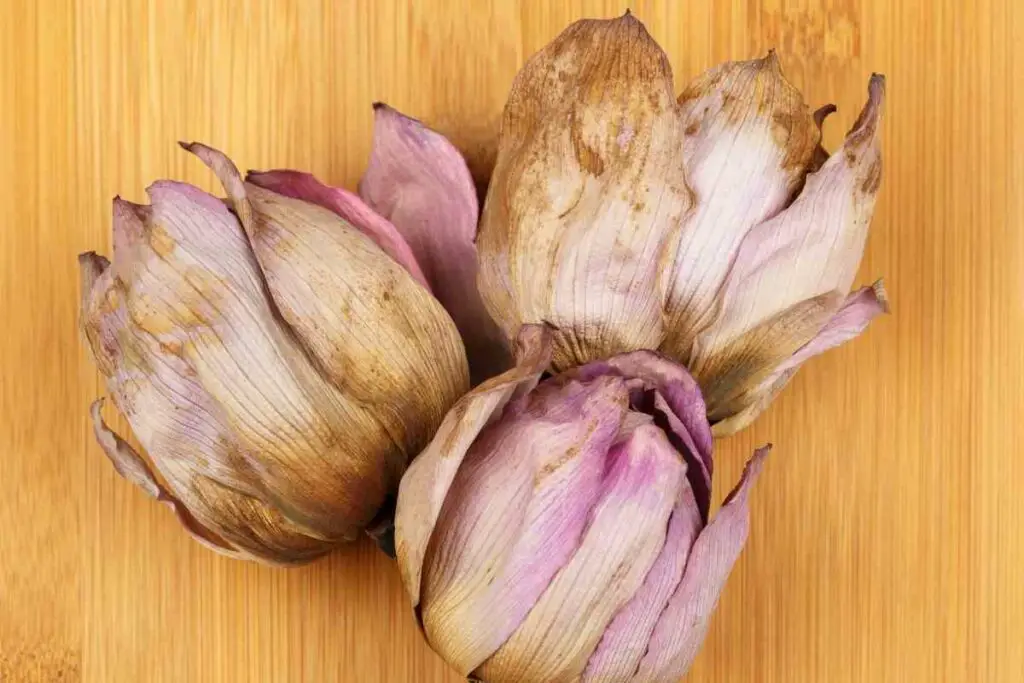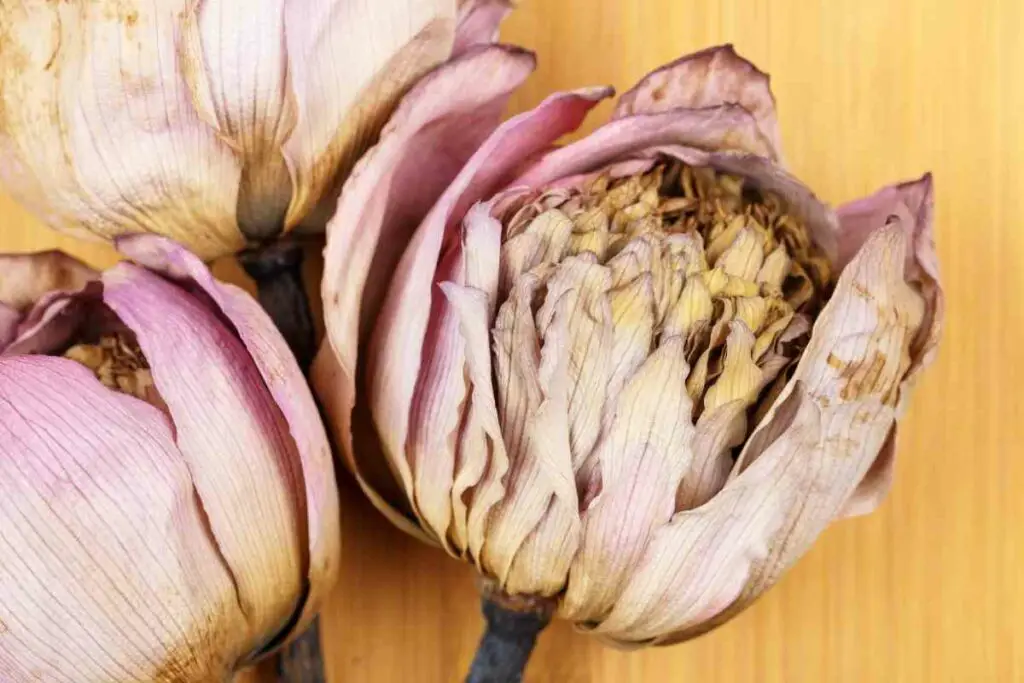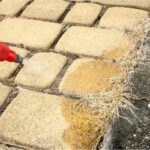Taking care of plants can be incredibly rewarding, especially when you’re looking after those that are notoriously difficult to keep.
But eventually, all good things must come to an end, right? So it stands to reason that one day, your plant will simply cease to exist.
But is this through any fault of your own or can plants die of old age?
In theory, a plant can die of old age. This happens when the cells stop dividing owing to deterioration. However, in most cases, a plant wouldn’t get to this stage as something else, such as disease, bad care, or parasites would kill it first.
What’s most interesting is that, if properly cared for, it would take an extremely long time for a plant to die of old age as they deteriorate far less quickly than animals and humans.

Table of Contents
How Long Do Plants Live?
Have you ever been asked the question how long is a piece of string? The answer to this is very similar to the answer to how long do plants live?
You see, the lifespan of a plant will vastly depend on the species and type of plant.
The plants that can thrive for the longest are, in fact, trees. For example, the mighty oak tree is known to live for hundreds of years while the sequoia will continue to do well for thousands of years!
Even mini trees kept in pots; the humble bonsai has been reported to be able to survive for as long as 800 years when properly cared for.
But these trees have nothing on the oldest tree in the world; The Great Basin Bristlecone Pine which has been standing, alive, for more than 5000 years!
While these are pretty impressive lengths of time, you probably won’t see your latest house plant spanning millennia. More often than not, the average house plant will live for between two and five years.
After this, it’s time to lay it to rest and start shopping for a replacement.
The more experienced you become in caring for plants, the longer they will last as, for the most part, it’s humans that kill them through improper care.
Signs That Your House Plant Is Starting To Die
Normally, a plant will not die of old age. Not because it is impossible but because environmental factors will likely take the plant long before its time.
If you want to provide the best care for your plants and see them thrive for as long as possible, it’s essential to keep your eye on them and look for signs of deterioration.
The following things apply to both indoor and outdoor plants, so be sure to give them the once over each time you water them.
The Leaves
The leaves of your plant will tell you a lot about its health so be sure to pay close attention to them. There are several ways you can check the leaves and this will give you a good idea as to what the problem might be.
If the leaves look dry then this could be down to a lack of nitrogen. It’s important to check how many of the leaves are dry and where this is happening.
Plants whose lower leaves are dry are certainly in need of a nitrogen boost while plants with completely dry leaves are likely thirsty. A quick drink of water and they should come back to life.
When leaves begin to fall from the plant it could be down to environmental factors. You may find that the plant is too warm or too cool so consider the temperature at which you are keeping it.
However, it could also be due to too much water which can affect the health of the leaves. Finally, leaves that are falling off could be related to the size of the pot; your plant may simply need a new, bigger home.
You may notice that the leaves have changed color, in this case, it’s likely down to problems with watering. Giving your plant too much water could cause the leaves to turn yellow but this may also happen when the plant is too dry.
Once the leaves begin to turn brown, you’re nearing the end of its life, and putting it into a greenhouse might be the only thing that will save it.
Damaged leaves may be caused by over-exposure to sunlight. In this case, you will need to relocate the plant. This could also be a sign of an insect infestation which will be obvious because of the presence of these critters.
Plants can be affected by various types of diseases and when they are attacked by a fungus, you’ll notice that the leaves begin to get spots.
This can also be a sign of insect damage so do check for their presence. A lot of the time, aphids are to blame but these can be dealt with by adding a few ladybugs to the plant. They won’t harm the plant but will quickly eat up those pests.
Roots
The leaves of your plant may look perfectly healthy but there could be problems lurking beneath the soil. One of the most obvious is roots that appear mushy, they may also have a musky odor.
In this case, the problem is likely overwatering as the roots will have taken on these traits because they have been left in moisture.
You’ll need to report the plant into a new, drier container and monitor how much you water it from now on.
Another problem that may occur from too much water is the appearance of mushrooms. In some cases, this is perfectly healthy but for many plants, this tells you that you’ve been too generous with the water.
On the other hand, you may notice that the roots are very dry and this is, fortunately, a simple fix; give the plant a drink.

Can You Revive A Dying Plant?
If you have noticed that your plant is beginning to deteriorate, there may still be hope.
If the leaves have turned completely brown and dry and the roots are looking worse for wear then the chances of revival are slim to none. However, in the early stages, you may be able to up your care routine and breathe new life into your greenery.
- If there are bugs invading the plant then you’ll need to make sure you remove these. It sounds crazy but wiping the leaves down with mild soap and water can be a very effective way of doing this.
- Make sure that the plant is getting enough water. You’ll need to research how much water your particular species needs and then stick to this. Of course, it’s also very important not to over water as this can do just as much damage.
- Different plants need different levels of light. Your plant may be suffering because it needs more or less sunlight that it is currently getting. Try moving it elsewhere to see if this improves its condition.
- A simple repotting could be the problem. The plant may just need some fresh soil or it may have gotten too big for its previous container.
- For plants whose roots are struggling, you need to lessen the amount of work they’re having to do. By pruning the plant, the roots won’t have as much to feed and they’ll be able to supply the right amount of nutrients, therefore improving the health of the plant.
- If your plant is looking a little worse for wear, a fertiliser boost may be all that’s needed.
Conclusion
Plants can die of old age but it is unlikely that you would ever experience this as a lack of proper care, disease, and other factors will likely take the plant long before it reaches old age.













